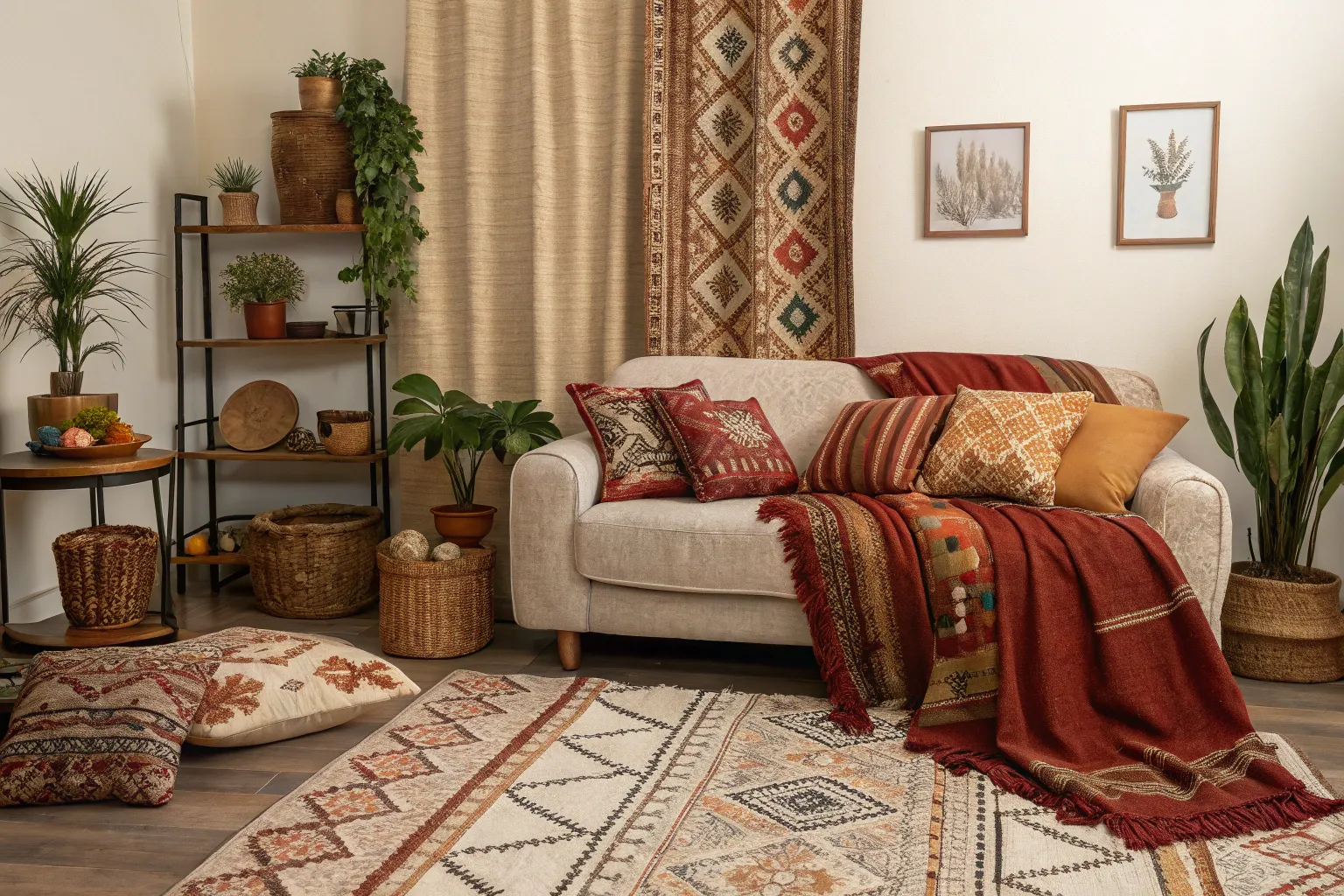Creating a home that feels authentically lived-in requires more than just arranging furniture—it demands a thoughtful approach to pattern mixing that reflects real life’s beautiful imperfections. Pattern mixing transforms spaces from sterile showrooms into warm, inviting sanctuaries that tell your story.
Understanding the Lived-In Aesthetic Through Pattern
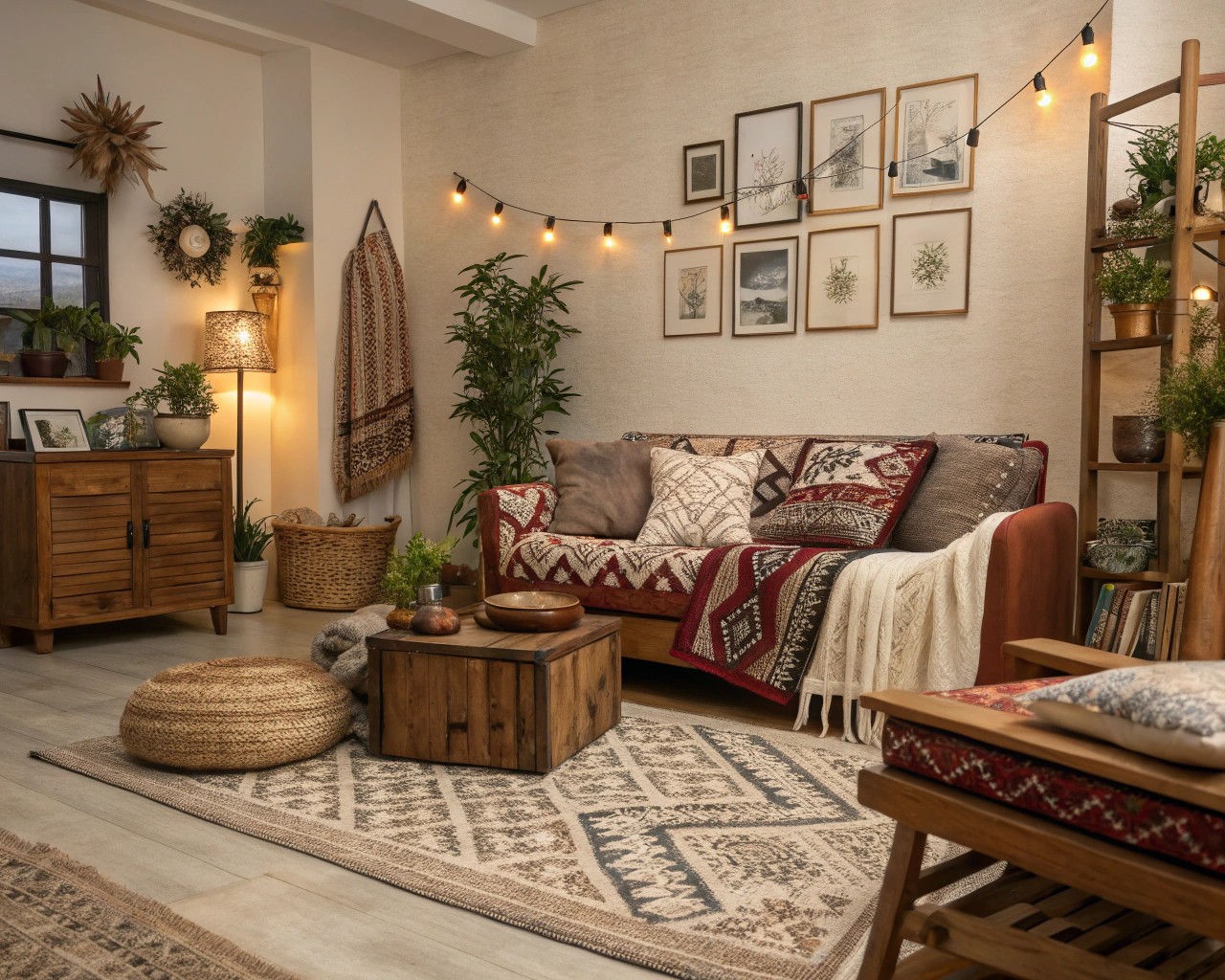
The lived-in look isn’t about clutter or chaos; it’s about creating spaces that feel naturally evolved over time. When I work with clients, I emphasize that successful pattern mixing for this aesthetic requires understanding the delicate balance between intentional design and organic growth.
The key principle lies in layering patterns as you would naturally acquire them—not all at once, but gradually, allowing each addition to complement what came before. This approach creates the visual narrative that makes a space feel genuinely inhabited rather than professionally staged.
The Foundation: Color Cohesion

Before introducing multiple patterns, establish a unifying color palette. This becomes your anchor point, ensuring that even diverse patterns feel harmonious. I recommend working with:
- 3-5 core colors that appear throughout your space
- One dominant hue (occupying roughly 60% of your palette)
- Secondary colors for accent pieces and smaller patterns
- Neutral tones to provide visual breathing room
| Pattern Type | Color Distribution | Example Application |
|---|---|---|
| Large-scale statement piece | Dominant color + 2 accents | Curtains, area rugs, wallpaper |
| Medium-scale supporting patterns | 2-3 colors from palette | Throw pillows, upholstery |
| Small-scale details | 1-2 colors, often neutrals | Lampshades, artwork frames |
The Professional’s Scale Strategy
Pattern scale mixing follows what designers call the “rule of three”—combining small, medium, and large-scale patterns to create visual hierarchy. This prevents the busy, overwhelming feeling that occurs when patterns compete for attention.
Large-Scale Patterns (Hero Pieces)
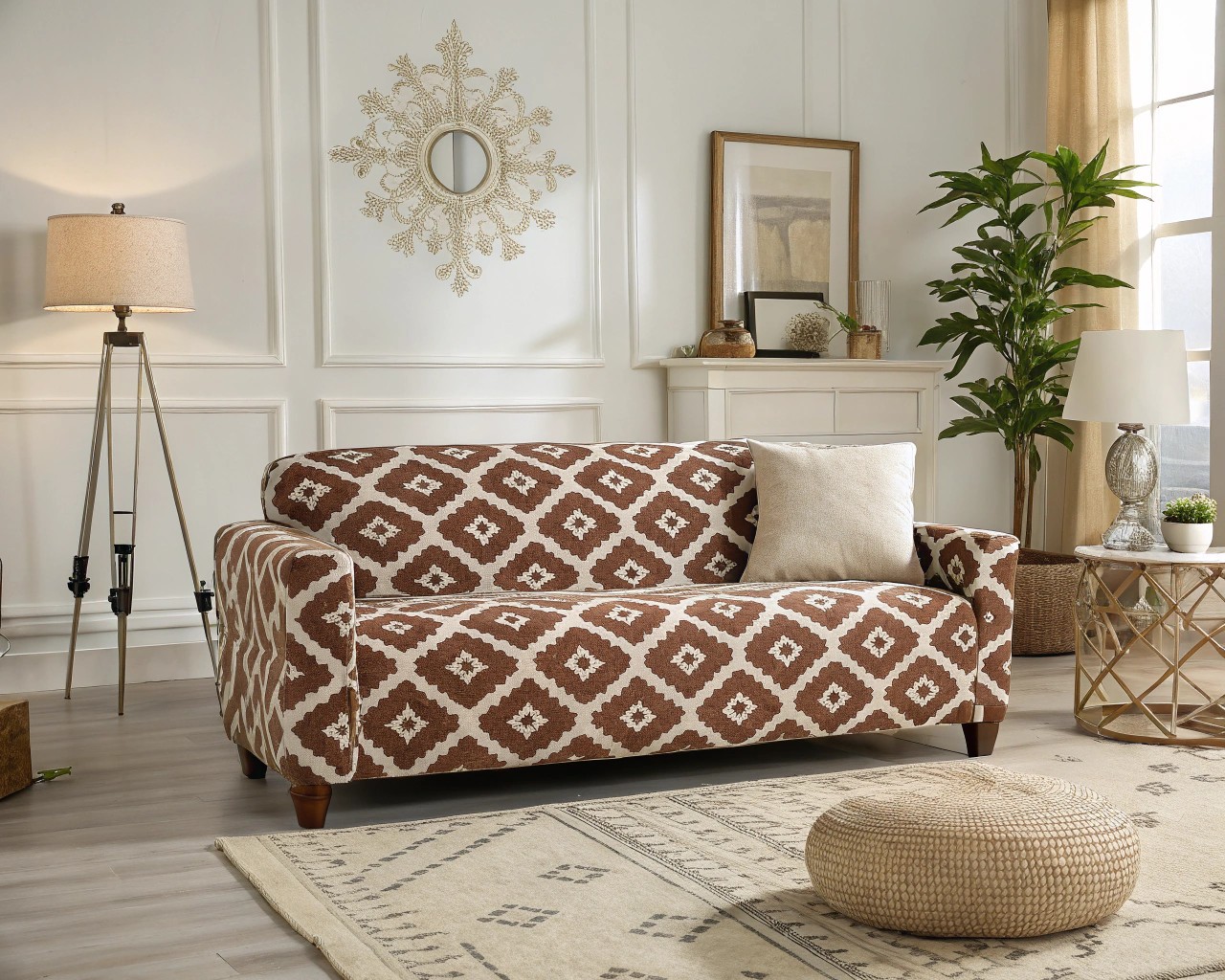
These serve as your room’s focal point—the wallpaper, area rug, or statement upholstery that immediately draws the eye. Large patterns work best on:
- Primary furniture pieces like sofas or headboards
- Architectural elements such as wallpaper or window treatments
- Floor coverings that ground the entire space
Medium-Scale Patterns (Supporting Cast)
These bridge the gap between your statement piece and smaller details. They typically appear on:
- Throw pillows that complement your sofa
- Side chairs or accent furniture
- Table runners or decorative throws
Small-Scale Patterns (Finishing Touches)
These add texture and interest without overwhelming. Consider them for:
- Lamp shades and lighting fixtures
- Picture frames and artwork matting
- Decorative objects and accessories
Pattern Personality: Geometric vs. Organic
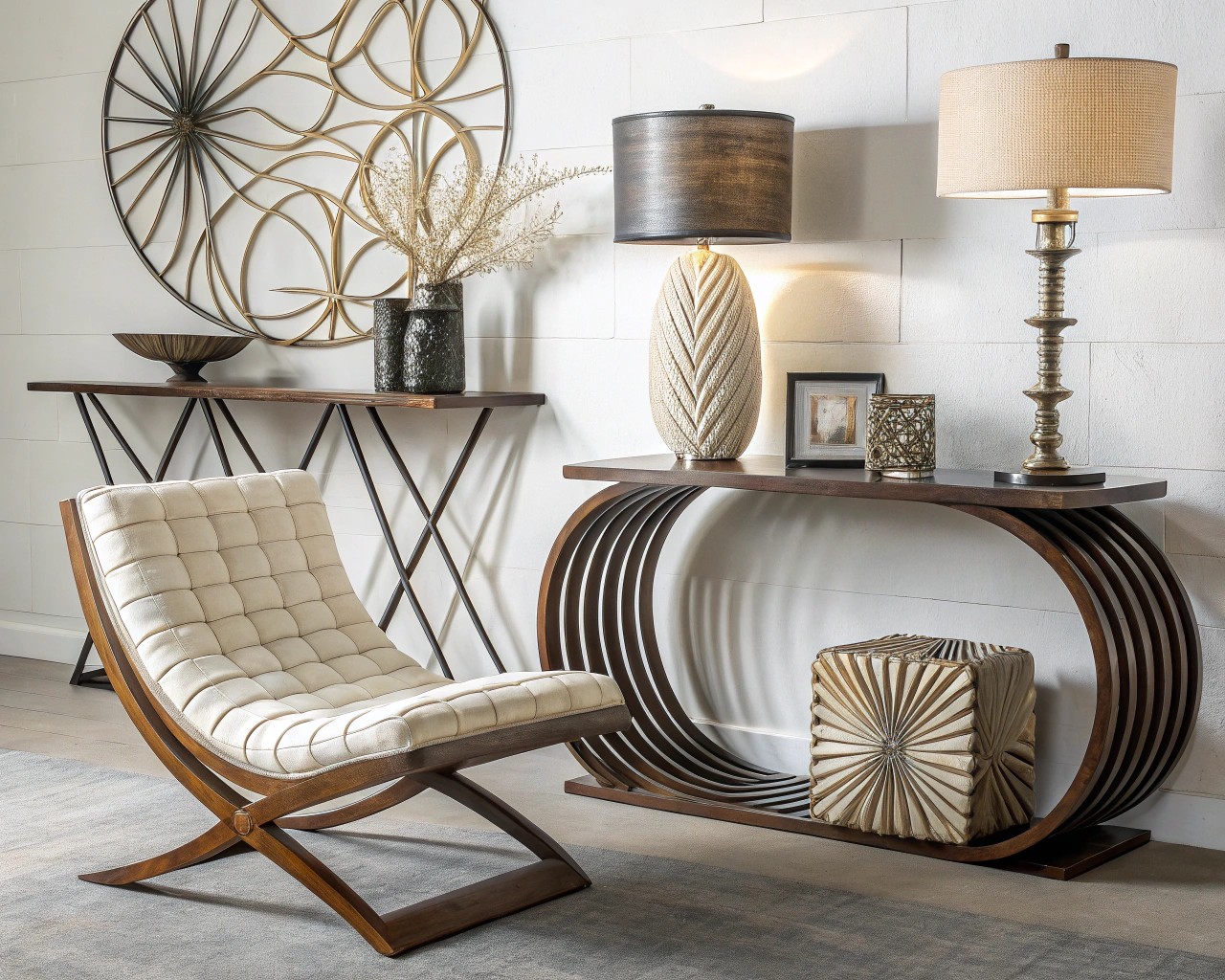
Understanding pattern personalities helps create the relaxed, collected-over-time feeling essential to the lived-in look. I categorize patterns into two main families:
Geometric Patterns
- Stripes, plaids, and checks provide structure and rhythm
- Herringbone and chevron add sophisticated movement
- Polka dots and grid patterns offer playful regularity
Organic Patterns
- Florals and botanicals bring natural softness
- Paisley and curved motifs introduce flowing movement
- Abstract and artistic prints add creative spontaneity
Professional tip: The most successful lived-in spaces combine both geometric and organic patterns, creating the visual tension that makes a room feel dynamic yet comfortable.
The Art of Layering: Building Authentic Texture
Real homes accumulate textiles over time, creating rich layers of texture and pattern. To achieve this authentically:
Start with Your Foundation
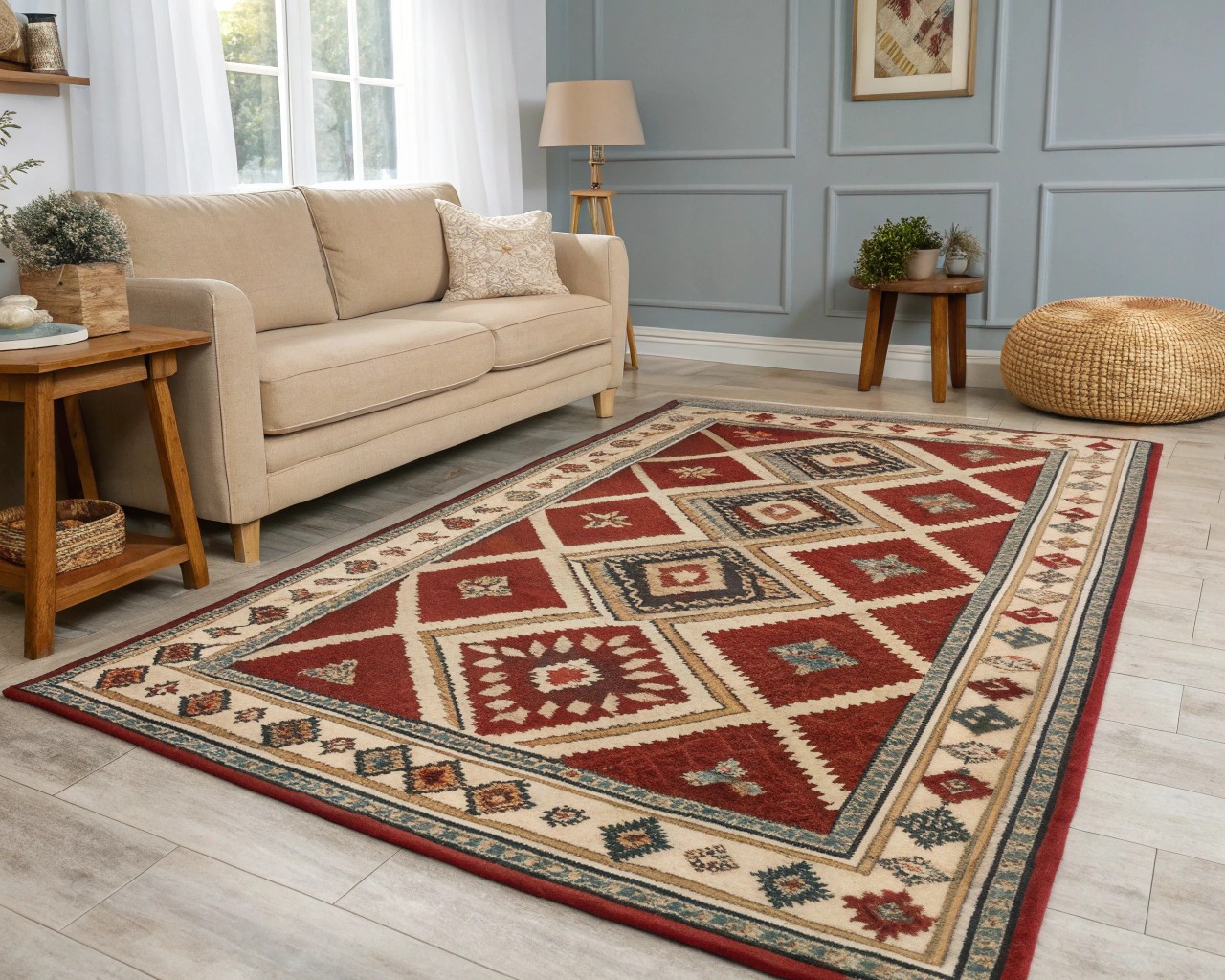
- Neutral base (solid sofa, plain walls)
- Single statement pattern (bold rug or curtains)
- Complementary solid colors for balance
Add Supporting Layers
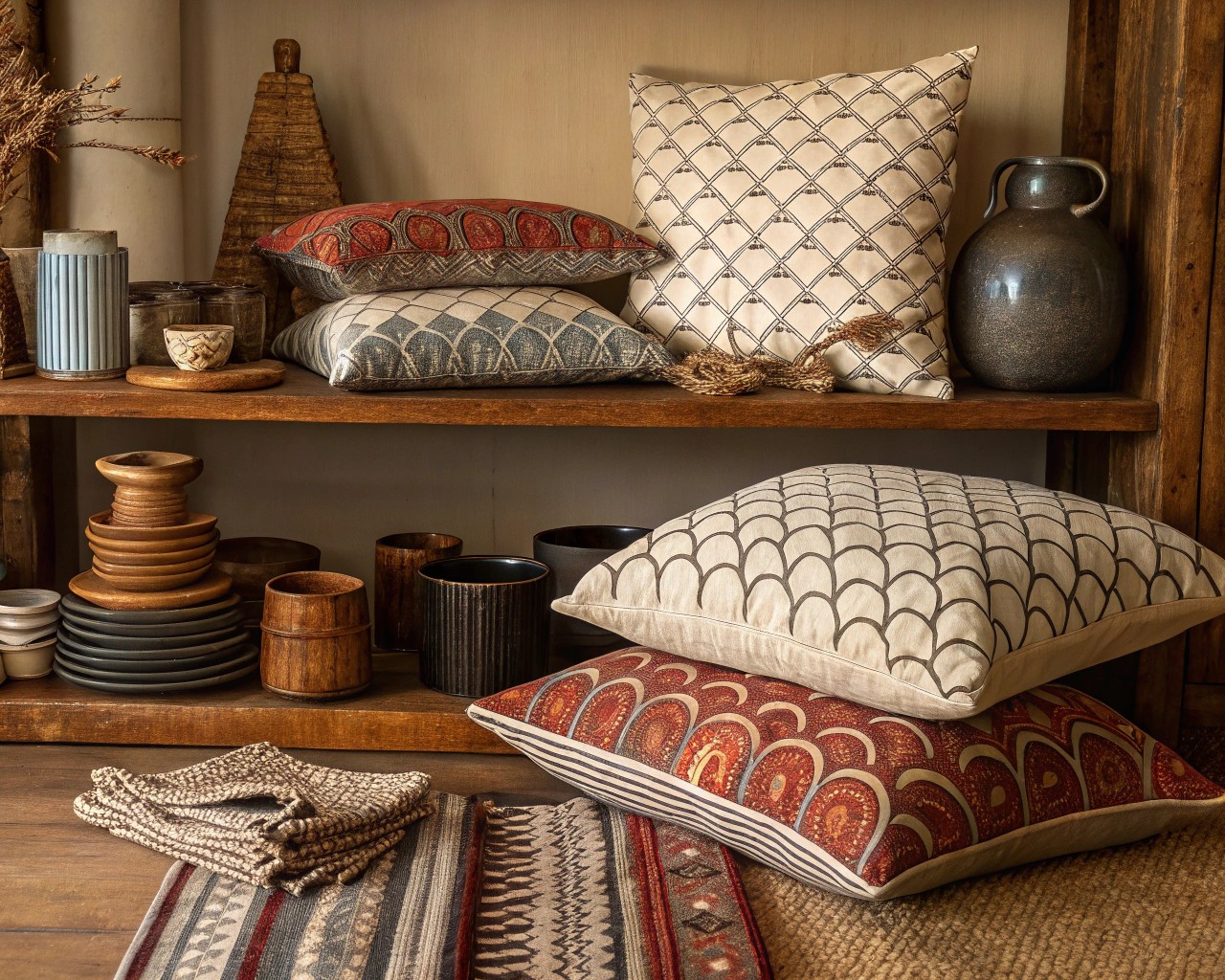
- Secondary patterns in different scales
- Textural elements (woven baskets, knit throws)
- Natural materials (wood, stone, metal accents)
Finish with Personal Touches
- Collected objects with their own patterns (vintage books, artwork)
- Handmade elements that show craftsmanship
- Family pieces that tell your story
Room-by-Room Application
Living Spaces
In living rooms, I recommend following the 60-30-10 rule:
- 60% neutral solids (walls, major furniture)
- 30% primary patterns (rugs, curtains, large pillows)
- 10% accent patterns (small pillows, artwork, accessories)
Bedrooms
Create a restful yet interesting environment by:
- Anchoring with solid bedding in your dominant color
- Adding patterned elements through curtains or a headboard
- Layering small patterns in throw pillows and artwork
Dining Areas
Make meals feel more intimate with:
- Textured table linens that invite touch
- Patterned dinnerware that adds visual interest
- Layered lighting that creates ambiance
Common Mistakes to Avoid
Scale Uniformity
Using patterns of the same size creates visual chaos. Always vary your pattern scales to create hierarchy and flow.
Color Confusion
Introducing too many color families simultaneously undermines cohesion. Stick to your established palette, allowing for subtle variations within each hue.
Perfect Symmetry
Overly matched patterns feel contrived. The lived-in look embraces slight imperfections and asymmetry that suggest natural accumulation.
Neglecting Texture
Flat patterns without textural variation feel lifeless. Incorporate woven, knitted, and embossed elements to add dimensional interest.
Technical Considerations for Pattern Success
Lighting Impact
Patterns appear differently under various lighting conditions. Test your combinations in both natural and artificial light before committing to large purchases.
Proportion and Space
Room size affects pattern perception. Larger spaces can handle bolder, more complex pattern combinations, while smaller rooms benefit from more restrained approaches.
Maintenance Reality
Choose patterns that age gracefully and hide everyday wear. The lived-in look should feel effortless to maintain, not precious or high-maintenance.
Creating Your Personal Pattern Story
The most authentic lived-in spaces reflect their inhabitants’ genuine personalities and experiences. When selecting patterns, consider:
- Your lifestyle and how you actually use each space
- Cultural influences that resonate with your background
- Natural preferences that make you feel comfortable
- Collected memories from travels or family history
Practical Implementation Steps
- Start with one room to develop your confidence
- Collect swatches and live with them before purchasing
- Layer gradually rather than completing everything at once
- Trust your instincts while following basic principles
- Embrace imperfection as part of the authentic process
The Science of Comfort
Research in environmental psychology shows that pattern mixing, when done thoughtfully, creates spaces that feel both stimulating and restful. The varied visual rhythm prevents monotony while the color cohesion provides stability—exactly what our brains crave for optimal comfort.
The lived-in look achieved through skillful pattern mixing isn’t about following rigid rules but about creating spaces that feel genuinely yours. By understanding scale, color, and texture relationships, you can build layers of visual interest that feel as natural as they are beautiful. Remember, the goal isn’t perfection—it’s creating a home that tells your story through the thoughtful accumulation of patterns that bring you joy.

